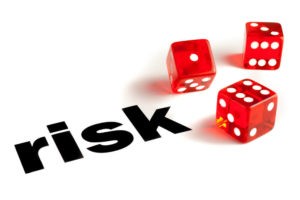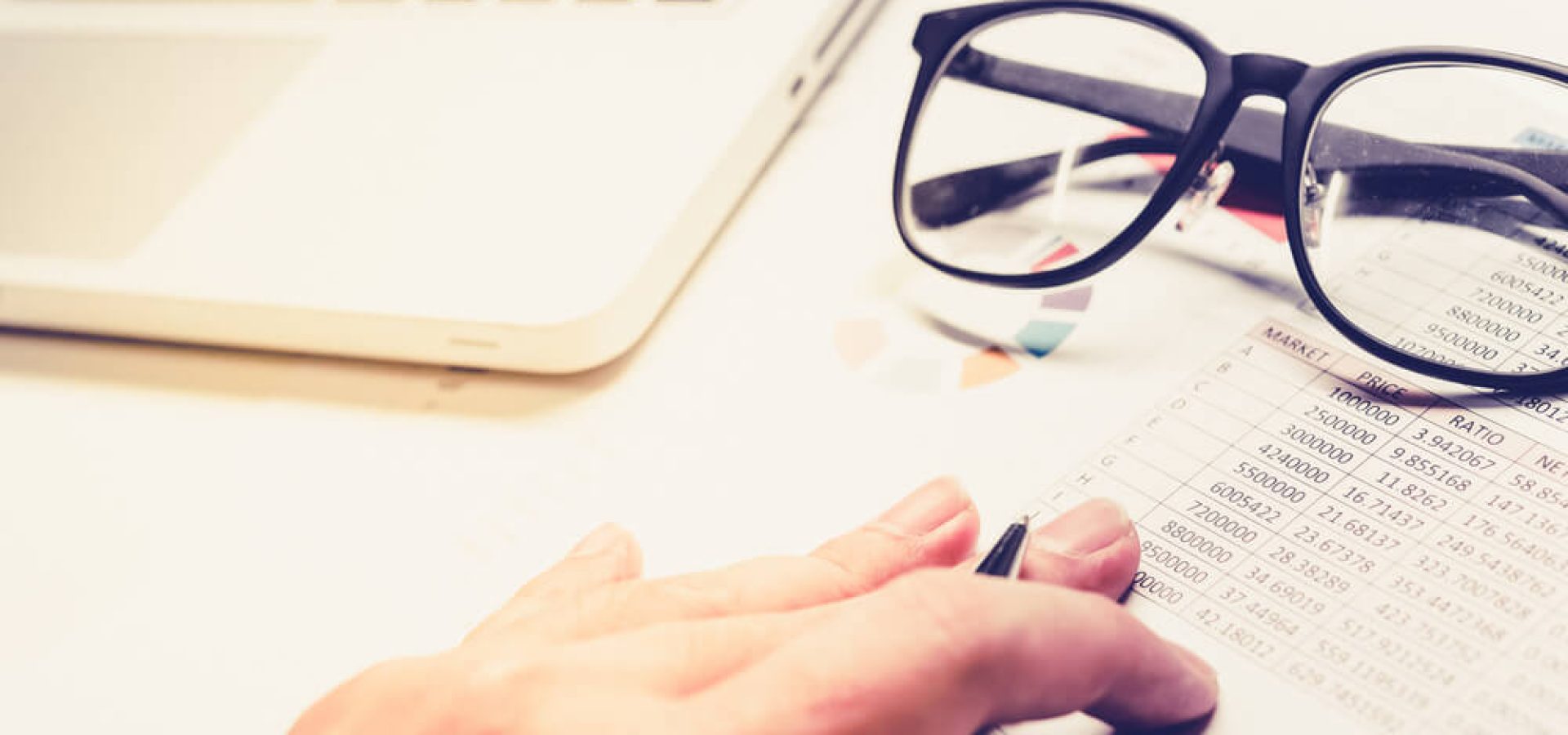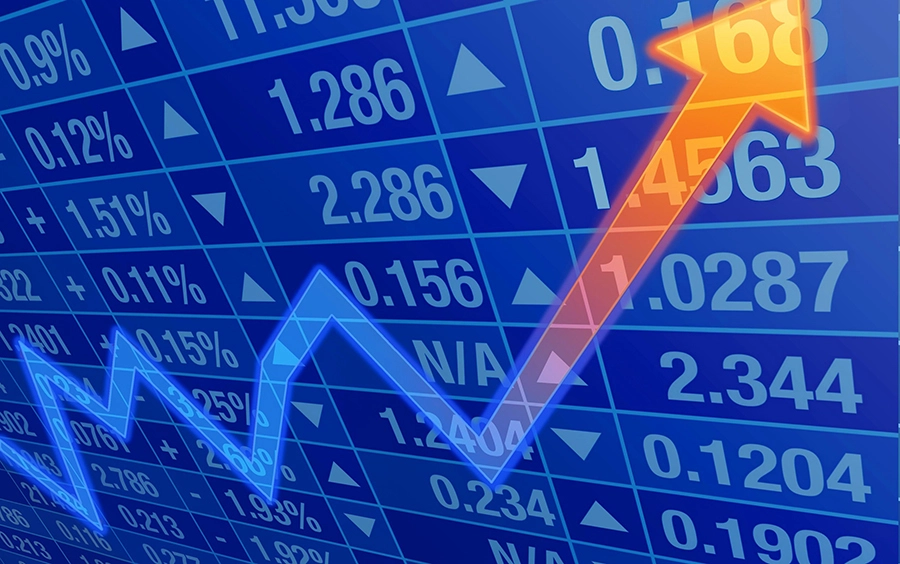Creating a trading plan isn’t as easy as it sounds. But what matters is you can – and you should – do it. Here are some very useful tips to set you up on your trade.
Assess Your Skills
First thing you need to know: are you ready?
To answer that question, you need to check your skills. You can then ask yourself the following questions:
- Have you tried your trading plan by paper trading?
- Are you confident that your plan will work?
- Can you act upon signals without reluctance?
If your answers to these questions are big, whopping YES, then you can proceed to the next advice.
Prepare Your Mind
Aside from your skills, you also need to check your mental health. Are you mentally prepared for the challenges down the road?
If, for instance, you’re groggy and not yet psychologically ready, you’d be wise to take time off. The markets can trigger a lot of emotions: anger, frustration, and distraction.
It’s better to kick off your trading plan with a clear, cool head than with a bummed up one. This trick works like magic.
Set Your Trading Plan’s Risk Level
Determine how much of your portfolio you should risk on any single trade. You have to consider your trading style and risk tolerance.

This can range anywhere between 1 percent and 5 percent of your portfolio on a given day. And when you lose that amount on that day: GET OUT of the trade. Remember that your priority is to trade another day.
You should also buff up your risk management abilities.
Set Your Goals
Before you start the ball rolling, you should already have realistic profit targets and risk-reward ratios. Set your minimum risk/reward that you will accept for a trade.
For most traders, a trade isn’t worth it unless the profit is three times greater than the risk. Set weekly, monthly, and annual profit target in dollars (or as a percentage of your portfolio). Don’t forget to reassess them on a regular basis.
Keep Yourself in the Loop
Before the market begins its day, you should already know what’s going on around the world. Check if overseas markets are performing well or not.
See if you have to see economic data due on any day. Decide if you want to trade ahead of an important report. This is because it’s much better to trade after the market has seen the reports.
Prepare for the Trade Itself
Regardless of your trading plan or system, set major and minor support-resistance levels. Set alerts for entry and exit signals that you can easily see or detect with clear visual/sound signals.
See also: 8 Common Forex Trading Mistakes that Beginners Commit
Exit Conditions
A lot of traders focus on finding buy signals. Their mistake is they pay little attention to when and where to exit.
Know where your exits are. Generally, you can do that in two ways:
1. Set your stop loss level.
If the trade goes against you, this stop-loss order will take effect and execute the trade. Don’t ever rely on mental stops.
2. Set your profit target level.
Each of your trade should have a profit target. Once you reach that level, you can move your stop loss level to breakeven if that’s what you want.
See also: A Short Introduction to Fundamental Analysis









COMMENTS